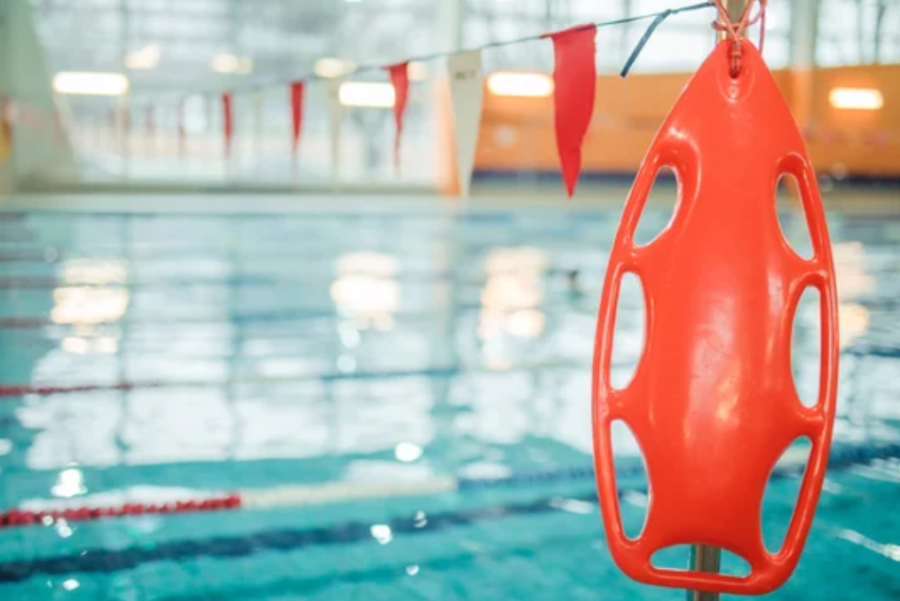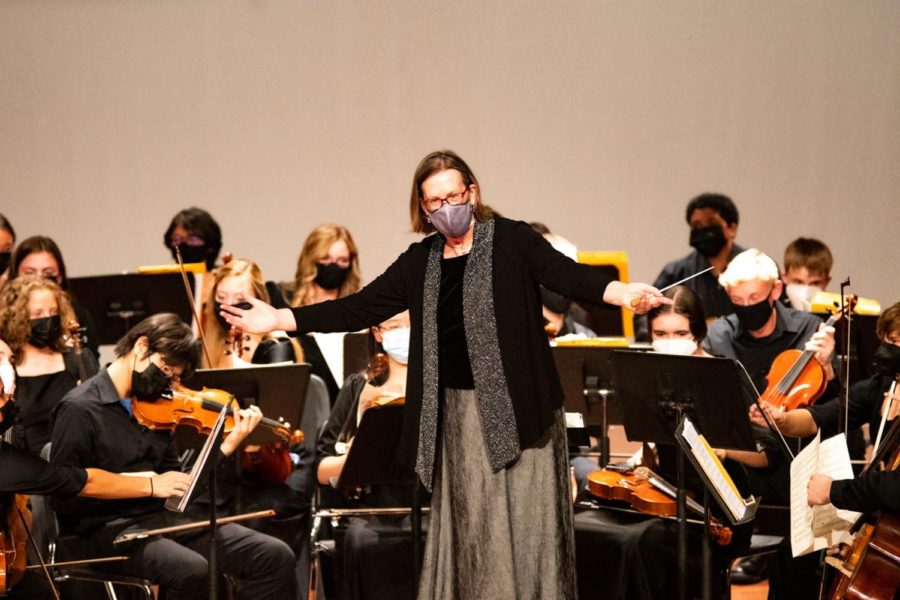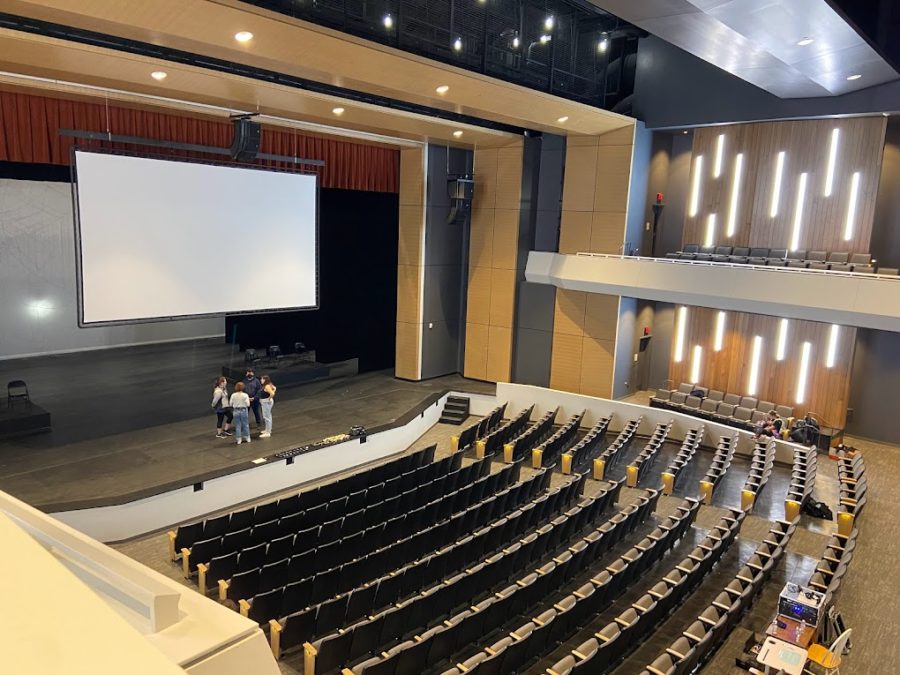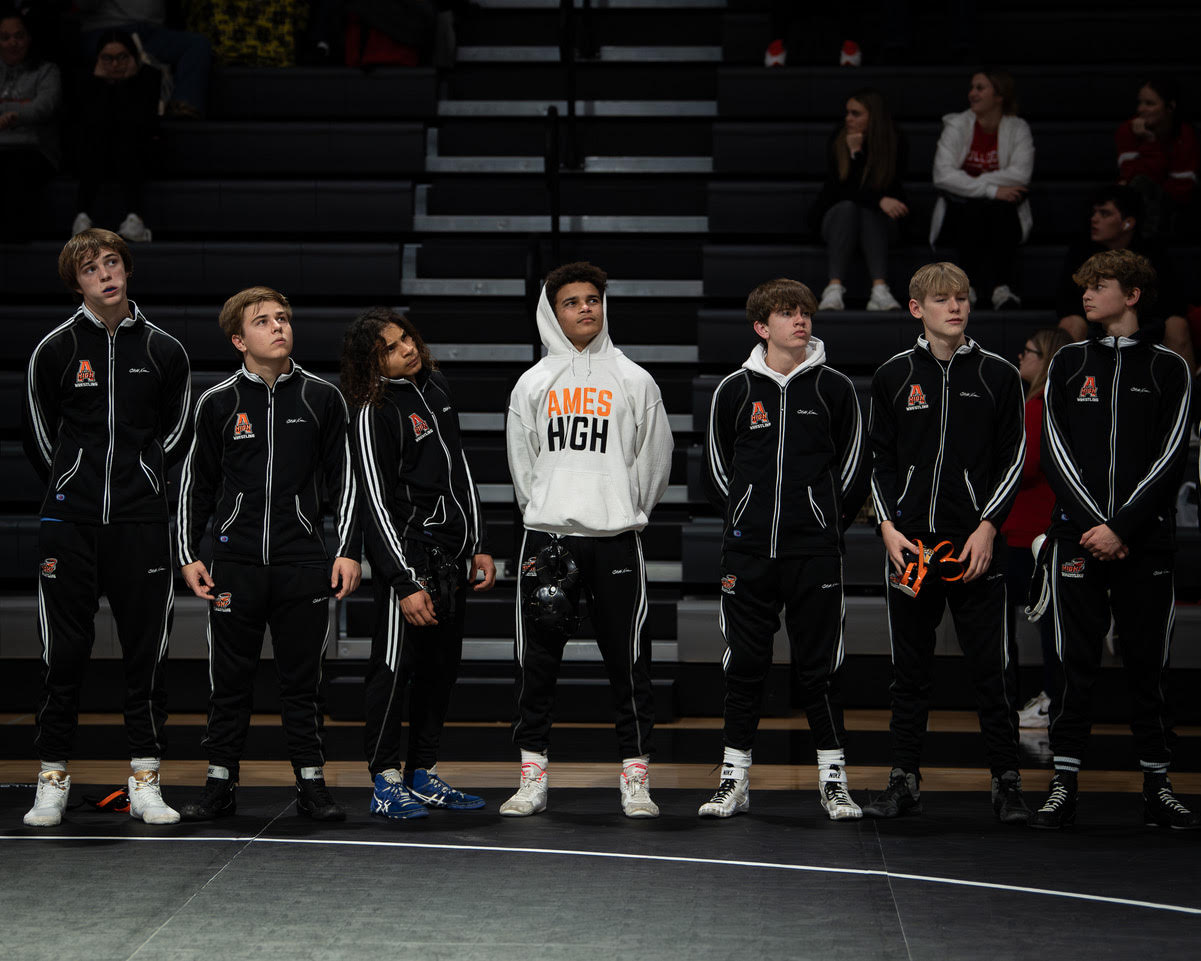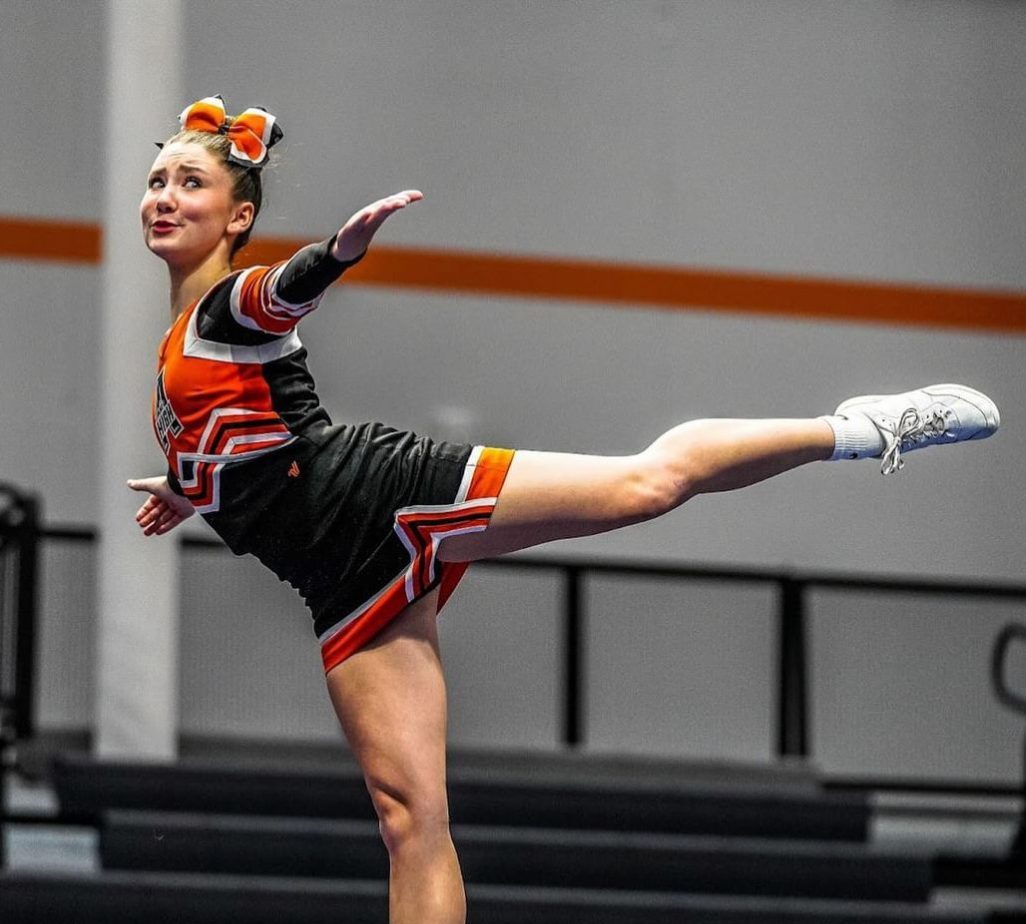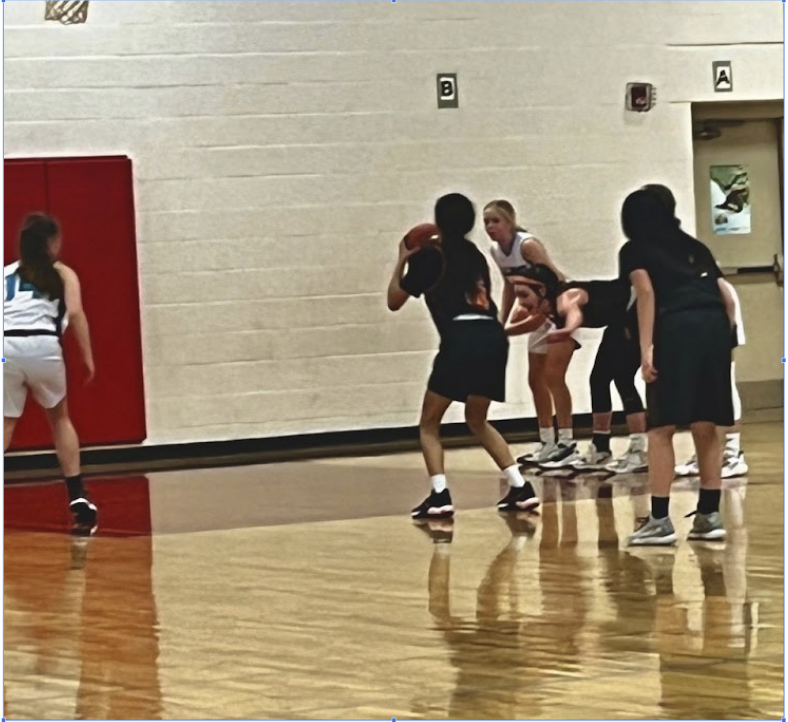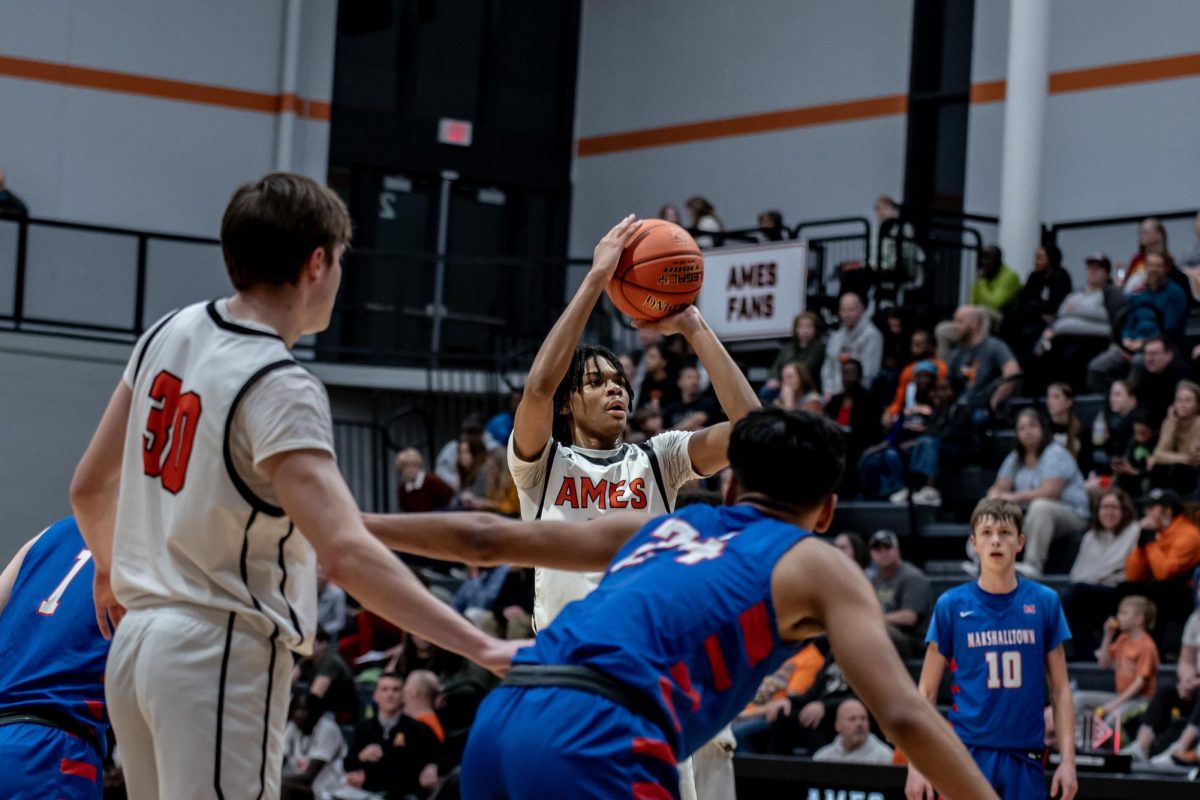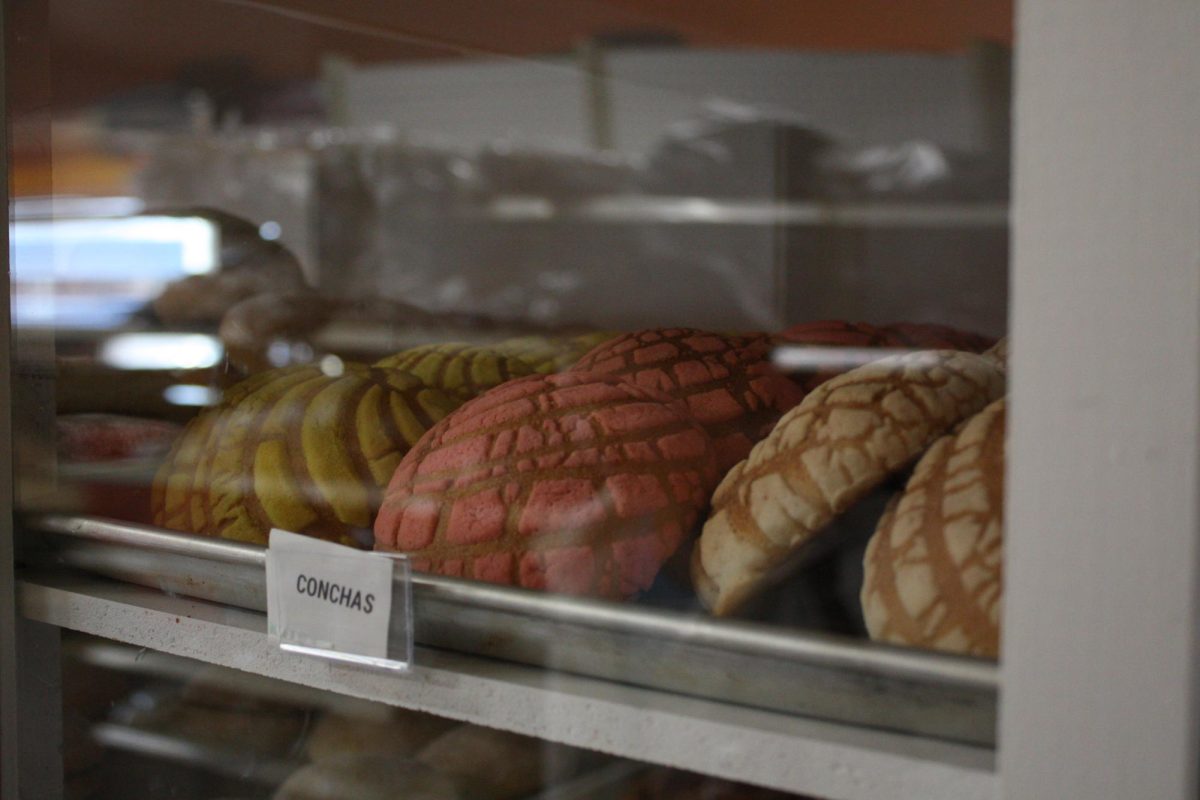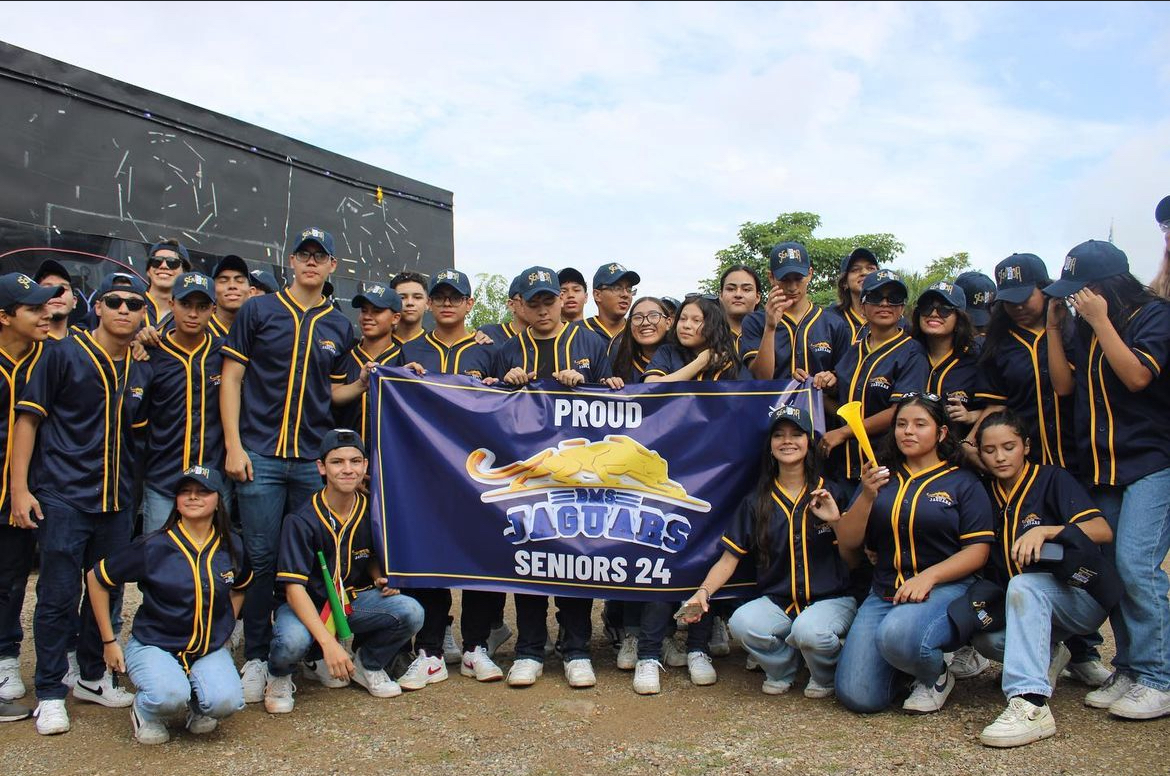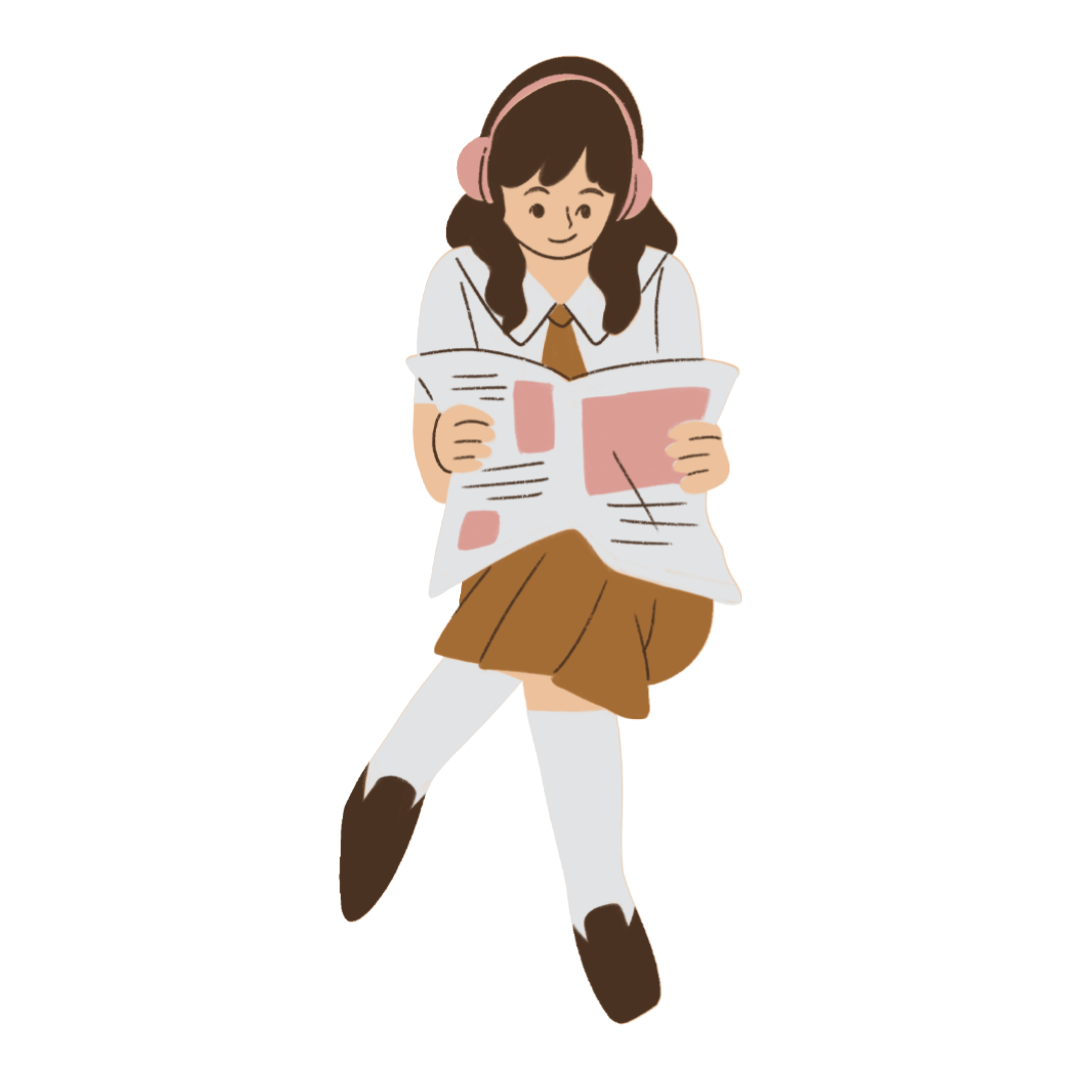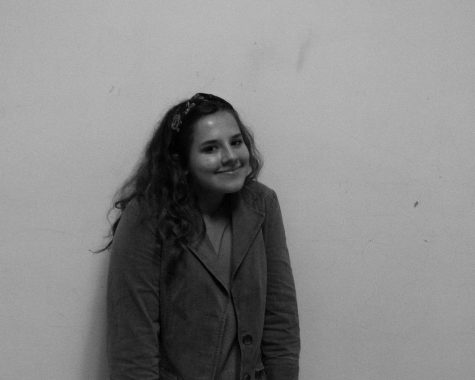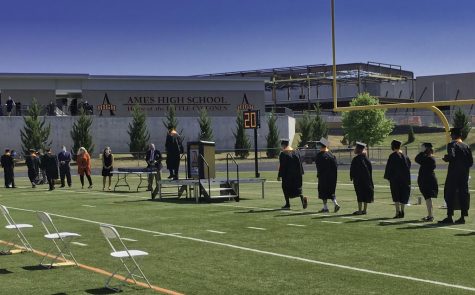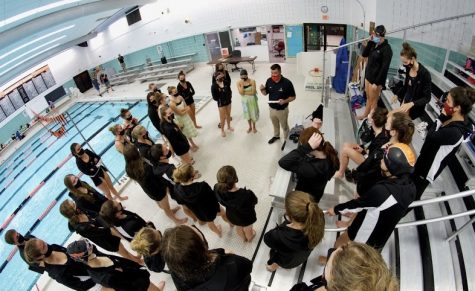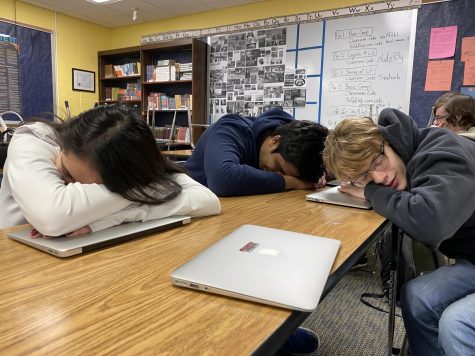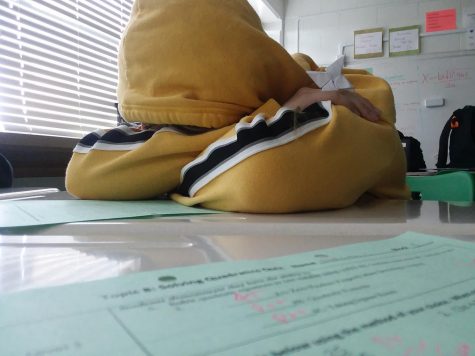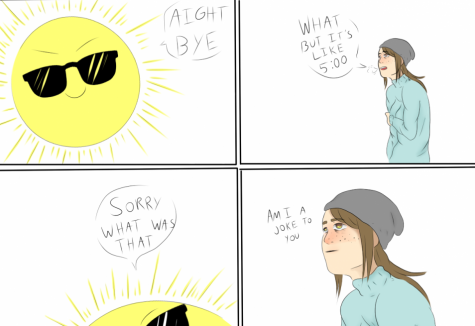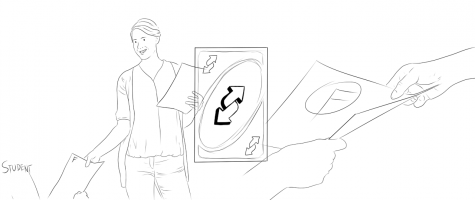Ames High School vs. Lycée Duplessis-Mornay: A Comparison
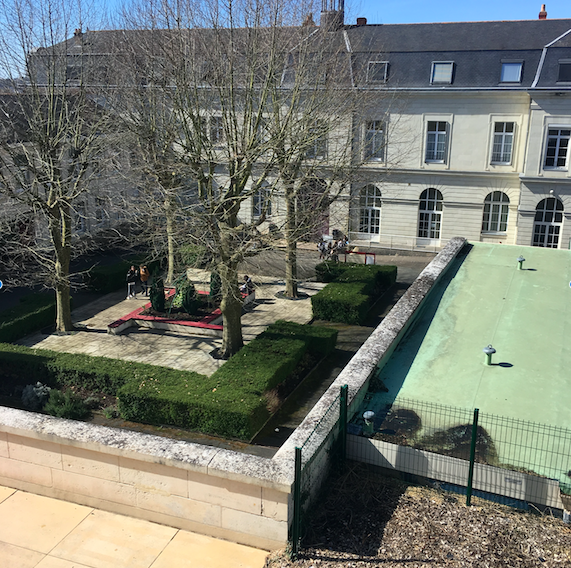
April 17, 2017
The difference between American and French schools lies not only in curriculum but in general academic attitude and school structure. While, of course, one must not generalize all French schools merely by the daily happenings at Lycée Duplessis-Mornay in Saumur, it is evident that notable differences may be drawn between it and Ames High School.
As a school that provides Macbook Air computers for all, Ames High school is no stranger to technology and cell phones. In some classes, even, students are allowed to have their cellphones.
Such is not the case at Duplessis-Mornay. At this high school, cell phones are stringently forbidden throughout all corners of the school (this, however, does not stop the French students from tweeting and texting in secrecy.)
Students at this high school still rely on paper to complete their various assignments. The students are given arrays of handouts and packets and do all of their figuring on graph paper as opposed to wide ruled notebook paper.
While Lycée Duplessis-Mornay is not the most prestigious of French high schools, it radiates youth and glows with French culture.
“My school, it is the best for the people,” said Stecy Fazi, a second-year student at Duplessis-Mornay.
Plastered to the front of the school is a sign of blue, white and red, reading “Liberté, Egalité, Fraternité”- meaning liberty, equality, and fraternity- the embodiment of French values since the French Revolution of the 18th century.
When one walks into the threshold of Duplessis-Mornay, they are instantly faced by a crisp garden with shrubs and trees arranged in various geometric patterns. This is one of the school’s three courtyards.
Behind this garden, long arching stairs make way to the second courtyard (the largest of the three) and then to a mansard roof which tops the main building of Duplessis-Mornay. 
In the large courtyard, one can find rows of blushing cherry blossom trees among restless students, casually smoking cigarettes or reading on benches. From the courtyard, one can visibly see a romanesque-styled castle that students said is rather popular with visitors.
There is not a teacher in sight. This visual differs incredibly from Ames High’s single courtyard which in the recent year sits unused due to its being completely closed off to students in the 2016 school year.
At Duplessis-Mornay, each school day varies slightly from the other. Some days, the students begin school at eight am and end at 4 pm, on Wednesdays until 11 am, and some days even entail staying at the school until as late as six o’clock in the evening.
Each class period is exactly one hour long and the students are given around 10 minutes to get from class to class. The coursework appears to be around the same level as Ames High.
The students take classes such as mathematics, combined physics-chemistry, English, French, and Spanish.
The students are typically assigned homework, yet, are not necessarily penalized for not doing it. In the most European manner possible, there are two hours set aside so that teachers and students can lunch in leisure.
Typically, one eats in the school’s cafeteria (a buffet-style one similar to the AHS cafeteria) and then ventures to the city for any other affairs.
There are 3 grades (years) represented in lycée. Following the third year, the students study rigorously for their BAC or baccaluréat exams.
The BAC is the American equivalent of the SAT or ACT, yet it is far more specialized and far less forgiving.
In this system, a student chooses a subject that they wish to pursue in their futures and take the BAC section that it falls under. For example, there is the Série Scientifique for students hoping to pursue any medical careers, the Série économique et Sociale for jobs involving any social sciences, and the Série litteraire for any humanities-related aspirations, said Duplessis-Mornay students.
As opposed to the multitude of clubs offered at Ames High, French high schools do not offer any sports or other extracurricular activities, for that matter. If students wish to participate in sports, such as running, they must find a means outside of school.
American teenagers are initially shocked at this school and its intricate facade. They are perplexed by the strange schedules and material being taught, yet, once they are able to empathize with the French students and revel in the struggles of being high school students in the 21st-century world, the differences do not seem to be as transparent.



